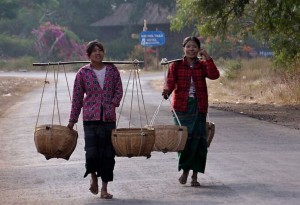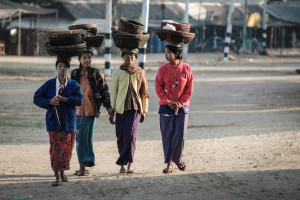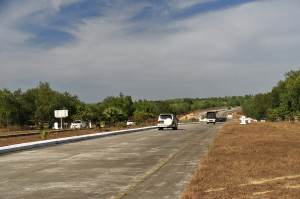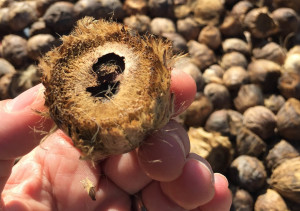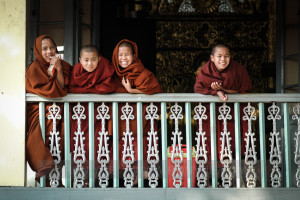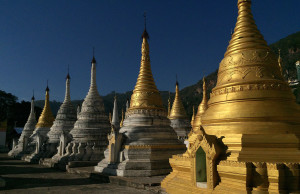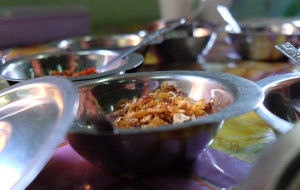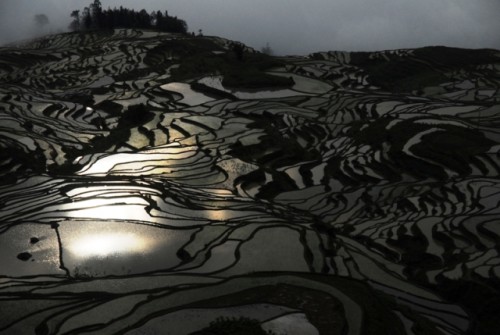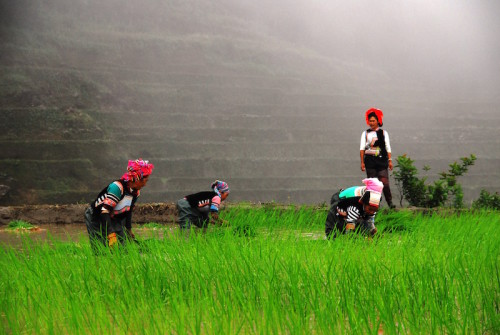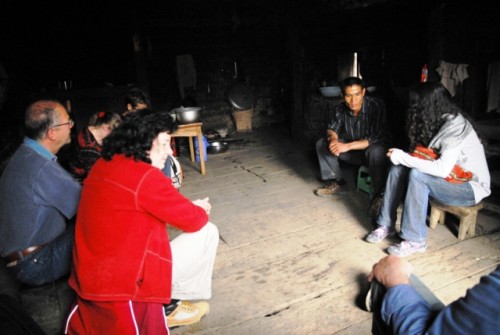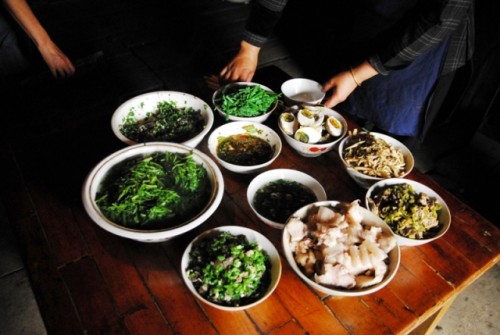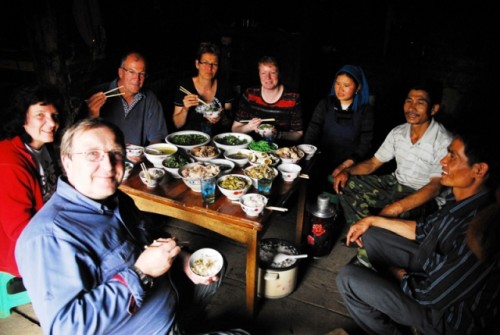Burma – also known as Myanmar, offers sights and experiences to tempt even the most jaded traveller. Explore a thousand temples scattered across the Bagan plain; watch the leg-rowers and floating gardens of Inle Lake, and drift downsteam along the country’s majestic rivers – the Irrawaddy, Chindwin and Salween.
Among the biggest draws for visitors today is the chance to see a country where the 21st-century has made just the faintest inroads. Train tickets are still written out by hand, offices are filled with thick ledgers rather than computers, and bullock carts still sway down rutted country roads. All this is changing but there is still a strong sense that one has dipped back in time here, to a place where life moves a little less quickly.
On the Road has been looking to develop a journey through Burma since 2011 – the country has long seemed a natural complement to our routes in neighbouring Yunnan. While we gathered information about possible routes and destinations, the country’s evolving political situation meant that we had to bide our time until Nancy and I were able to make a three-week research trip to Burma in January. Finally, an opportunity to test our ideas out on the ground!
I shall write more about our trip in coming weeks, but suffice it to say that we’re all very excited about the new itinerary, and about adding a new country to our portfolio. For now, here is our pick of seven things that make Burma stand-out, a list of things that make this gorgeous country unique:
1.There are friendly faces everywhere…
On our first day we made an impulse stop at a small village. A local family welcomed us to their house and proudly showed us their vegetable farm and betel nut harvest. They invited us for a cup of tea, but of course we were on a mission, so we had to take our leave, but not without a promise to visit again later this year, when we will pass through with our first guests.
This set the tone for all our interactions with Burmese people – we experienced extremely friendly treatment wherever we went, and enjoyed a degree of hospitality that I have seldom found elsewhere in Asia.
2.… and many of them are covered with thanaka
Women and children walk around with golden thanaka paste decorating their cheeks. Each morning, women grind a piece of fragrant sandalwood against a flat stone and add a little water to make a fine paste, which they spread on their faces in artistic designs. Besides having an astringent and cooling effect, which the photo below shows Nancy and I enjoying, thanaka shields the skin from the harsh, tropical sun.
3.You’ll see lots of longyis
Burmese people of all ages and genders wear traditional Burmese dress, the longyi – a wraparound skirt. The male version, patterned with sober checks or stripes and known as a paso, is tied in a knot at the front (or occasionally looped up to make shorts for exercise), while the more decorative female version, a htamein, is pleated and tucked to one side – and hoiked up to the armpits for bathing. An all-purpose garment!
4.Byways outnumber highways
Our first impression of Burma’s roads was excellent, as we drove along the new road from the Thai border over the Dawna mountains. (The road it replaced was a single lane with an alternating one-way system. On even dates it was open from east to west and on uneven dates traffic would flow the opposite way.)
Even from the county’s few highways you’ll see bullock carts trundling along the hard shoulder and crops drying by the roadside. The vast majority of the country’s roads feel more like rural lanes than major transport arteries, which makes driving through Burma an excellent way to see local life first-hand.
5.It better be betel
Chewing betel nut or kwoon-ya is a national pastime, as the state of many Burmese men’s teeth will attest – the mild stimulant stains teeth a deep red. Small street stalls sell the heart-shaped leaves, which are daubed with slaked lime and filled with betel nut, spices and tobacco. Fold it up, pop it in your mouth, chew, spit and repeat.
6.There are plenty of pagodas – and monks
Of course, one cannot write about Burma without mentioning monks and pagodas, as they are probably the most common sights in the country (closely followed by oxcarts). Every village and town has their own pagoda and all villagers are very proud of them, visiting to pray for everything from high marks in exams to the success of a new business venture. The typical pagoda is shaped like a bell, covered in gold leaf and they can often be seen glinting in the sun outside a village.
7.Burmese buffets
The typical Burmese meal starts with a choice of curry, which is served to your table with a hot soup (lentil or rosella leaf are common), and a selection of side dishes including vegetables and dips, chutneys and condiments. These tasty sides vary enormously from place to place, season to season and indeed day to day, presumably depending upon what’s cheap and plentiful in the market. Meals are often rounded off with a chunk of “Burmese chocolate”, or jaggery – highly addictive lumps of palm sugar flavoured with tamarind or coconut. One Burmese speciality, lahpet thouq or tea-leaf salad, is a popular pick-me-up – just don’t eat it too close to your bedtime…
And that’s just a taste of what you’ll experience in Burma! More reports from our research trip coming soon…
